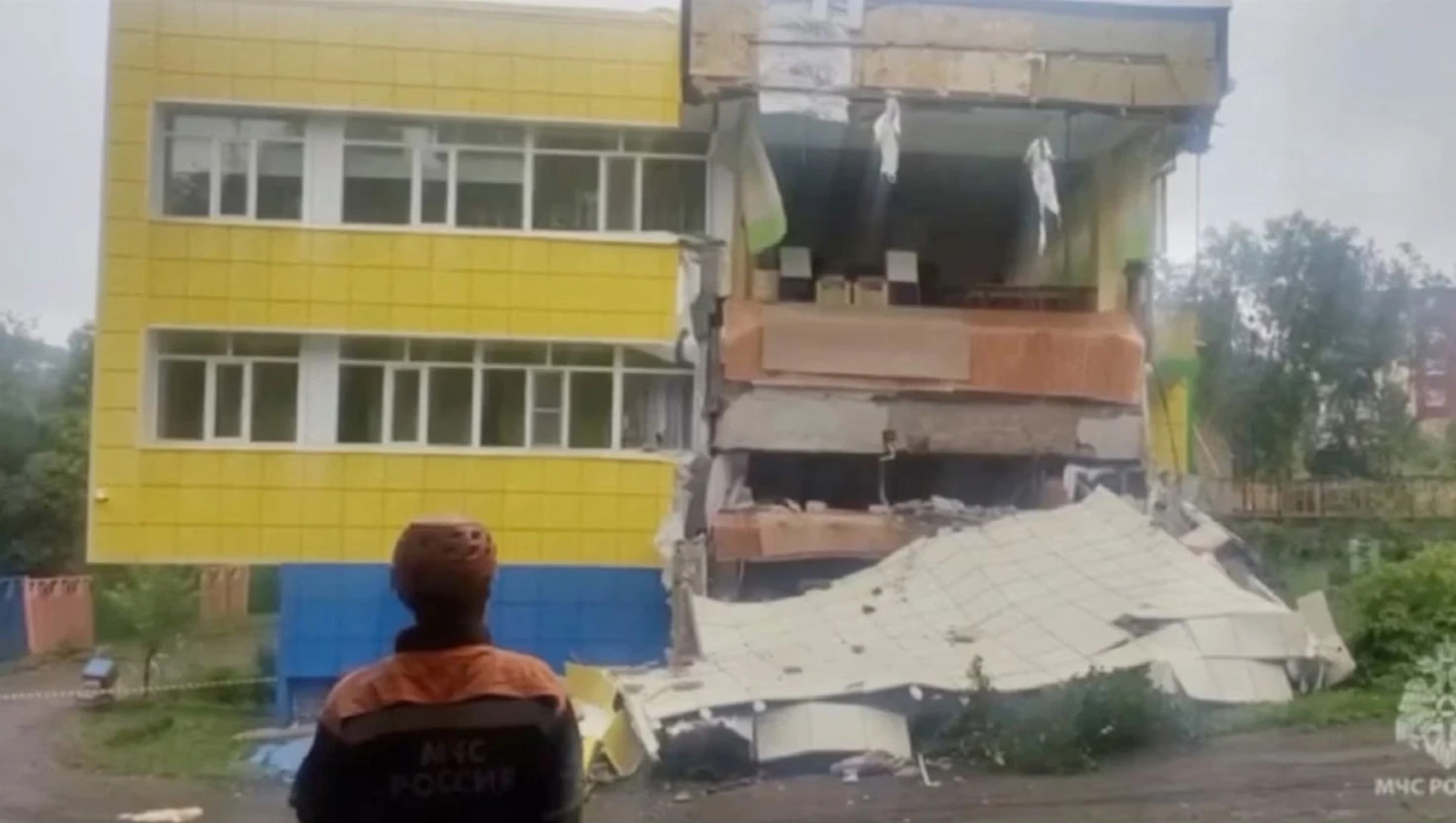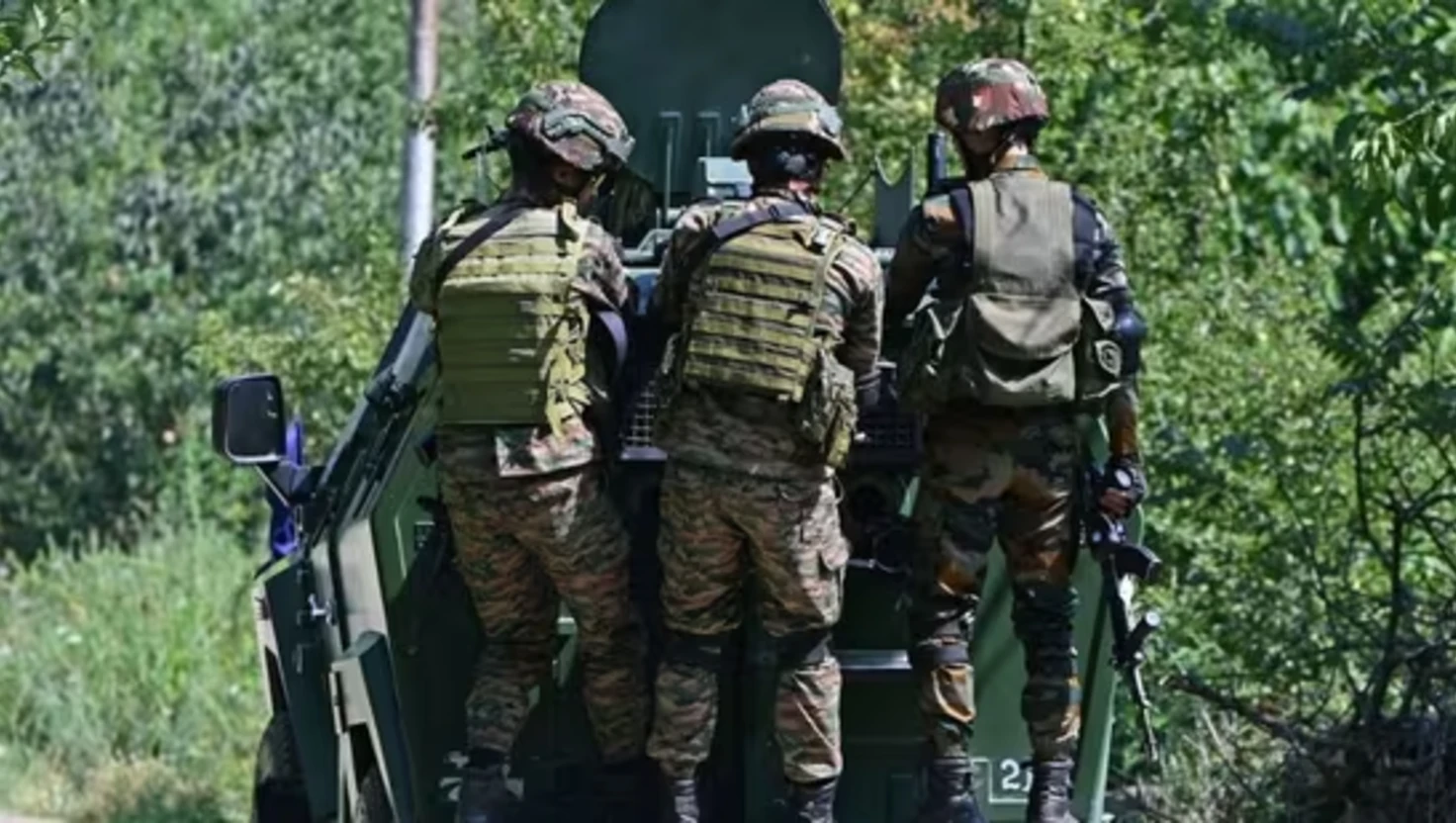Chile Upgrades Tsunami Warning To The Highest Level After Russian Earthquake

Chile Upgrades Tsunami Warning To The Highest Level After Russian Earthquake
An 8.8 magnitude earthquake off Russia's coast prompts tsunami warnings in South America, Hawaii, and Japan, leading to widespread evacuations.
An 8.8 magnitude earthquake struck off the coast of the Russian far east early Wednesday, triggering tsunami warnings across the Pacific region, particularly in South America. While initial fears of significant tsunamis in Hawaii and Japan receded, alerts remained active along parts of the Pacific coast in Colombia, Chile, and Ecuador.
Earthquake Details
The earthquake hit approximately 120 kilometers from Petropavlovsk-Kamchatsky, the administrative centre of Kamchatka, where buildings suffered damage and several individuals reported injuries, although none were severe. According to the U.S. Geological Survey, the quake was recorded at a depth of 19.3 kilometres, making it one of the most potent seismic events in the region's history.
Tsunami Warnings and Evacuations
Following the earthquake, authorities in Hawaii, Japan, and parts of California promptly downgraded their tsunami alerts, allowing residents to return home. In contrast, Chile escalated its warning to the highest level for its extensive 6,400-kilometre Pacific coastline, prompting mass evacuations from potential danger zones.
Chilean President Gabriel Boric posted a warning on social media, stating, "Remember that the first wave is usually not the strongest," emphasising the importance of caution. In Colombia, officials ordered complete closures of beaches and low-lying areas while Ecuador cancelled classes in the Galapagos Islands and other coastal regions. San Francisco's coastline, too, faced precautionary measures as a response to the seismic activity.
Local Responses
Reports indicated significant movement of residents fleeing inland in Kamchatka, as ports were inundated and vehicles congested major roads. Although significant tsunami waves were felt in parts of French Polynesia, where heights reached 1.5 metres, local authorities were relieved that earlier predictions of potentially higher waves did not materialise. The High Commission in French Polynesia confirmed that residents could return home but should remain cautious.
Volcanic Activity
In addition to the earthquake, the Klyuchevskoy volcano on the Kamchatka Peninsula began to erupt shortly after the seismic activity. Witnesses reported visible lava flows, marking a significant geological event in the region. Authorities confirmed there was no correlation between the earthquake and the volcanic eruption, indicating that this was a separate geological occurrence.
Previous Incidents and Ongoing Concerns
This powerful quake was the strongest recorded since the catastrophic 9.0 magnitude earthquake that struck Japan in 2011, which resulted in a devastating tsunami and nuclear plant meltdowns. The International Atomic Energy Agency reported that Japan's nuclear facilities appeared unaffected this time.
Professor Ilan Kelman from University College London highlighted the significance of such events for global preparedness, stating, "Tsunamis have happened around the UK in the past and we travel. Be aware that anywhere near water, tsunamis can happen." His comments resonate the need for vigilance, even in regions less frequently affected by tsunamis.
Conclusion
As the situation unfolds, authorities and experts continue to monitor seismic activity around the Pacific Rim, known as the "Ring of Fire," where tectonic plate interactions frequently lead to earthquakes. Local governments are utilising disaster preparedness protocols to ensure the safety of residents while remaining vigilant as further aftershocks and geological events may occur.
The experience of this latest earthquake reinforces the necessity of well-coordinated evacuation plans and timely communication, both vital in ensuring the preservation of life in the face of natural disasters.
Earthquake Details
The earthquake hit approximately 120 kilometers from Petropavlovsk-Kamchatsky, the administrative centre of Kamchatka, where buildings suffered damage and several individuals reported injuries, although none were severe. According to the U.S. Geological Survey, the quake was recorded at a depth of 19.3 kilometres, making it one of the most potent seismic events in the region's history.
Tsunami Warnings and Evacuations
Following the earthquake, authorities in Hawaii, Japan, and parts of California promptly downgraded their tsunami alerts, allowing residents to return home. In contrast, Chile escalated its warning to the highest level for its extensive 6,400-kilometre Pacific coastline, prompting mass evacuations from potential danger zones.
Chilean President Gabriel Boric posted a warning on social media, stating, "Remember that the first wave is usually not the strongest," emphasising the importance of caution. In Colombia, officials ordered complete closures of beaches and low-lying areas while Ecuador cancelled classes in the Galapagos Islands and other coastal regions. San Francisco's coastline, too, faced precautionary measures as a response to the seismic activity.
Local Responses
Reports indicated significant movement of residents fleeing inland in Kamchatka, as ports were inundated and vehicles congested major roads. Although significant tsunami waves were felt in parts of French Polynesia, where heights reached 1.5 metres, local authorities were relieved that earlier predictions of potentially higher waves did not materialise. The High Commission in French Polynesia confirmed that residents could return home but should remain cautious.
Volcanic Activity
In addition to the earthquake, the Klyuchevskoy volcano on the Kamchatka Peninsula began to erupt shortly after the seismic activity. Witnesses reported visible lava flows, marking a significant geological event in the region. Authorities confirmed there was no correlation between the earthquake and the volcanic eruption, indicating that this was a separate geological occurrence.
Previous Incidents and Ongoing Concerns
This powerful quake was the strongest recorded since the catastrophic 9.0 magnitude earthquake that struck Japan in 2011, which resulted in a devastating tsunami and nuclear plant meltdowns. The International Atomic Energy Agency reported that Japan's nuclear facilities appeared unaffected this time.
Professor Ilan Kelman from University College London highlighted the significance of such events for global preparedness, stating, "Tsunamis have happened around the UK in the past and we travel. Be aware that anywhere near water, tsunamis can happen." His comments resonate the need for vigilance, even in regions less frequently affected by tsunamis.
Conclusion
As the situation unfolds, authorities and experts continue to monitor seismic activity around the Pacific Rim, known as the "Ring of Fire," where tectonic plate interactions frequently lead to earthquakes. Local governments are utilising disaster preparedness protocols to ensure the safety of residents while remaining vigilant as further aftershocks and geological events may occur.
The experience of this latest earthquake reinforces the necessity of well-coordinated evacuation plans and timely communication, both vital in ensuring the preservation of life in the face of natural disasters.

India 'studying' US President Trump's 25% tariff threat
India's government vows to protect national interests following US President Trump's announcement of new tariffs on Indian goods.
| 2025-07-31

UK to recognise Palestine in September unless Israel agrees ceasefire
UK Prime Minister Keir Starmer says Britain will recognise Palestine in September unless Israel agrees to a ceasefire and long-term peace framework.
| 2025-07-30

US President Trump threatens India with 25% tariffs
US President Donald Trump hints at significant tariffs on Indian goods if trade negotiations do not progress before August 1 deadline.
| 2025-07-30

India's Software Industry Faces Job Cuts Amid AI Transition
Tata Consultancy Services plans to lay off 12,000 employees as artificial intelligence reshapes India's software sector.
| 2025-07-29

Mastermind of Pahalgam Attack Killed in Jammu and Kashmir Operation
Indian security forces eliminate Suleiman Shah, mastermind of the Pahalgam attack, during a coordinated operation in Jammu and Kashmir.
| 2025-07-29




